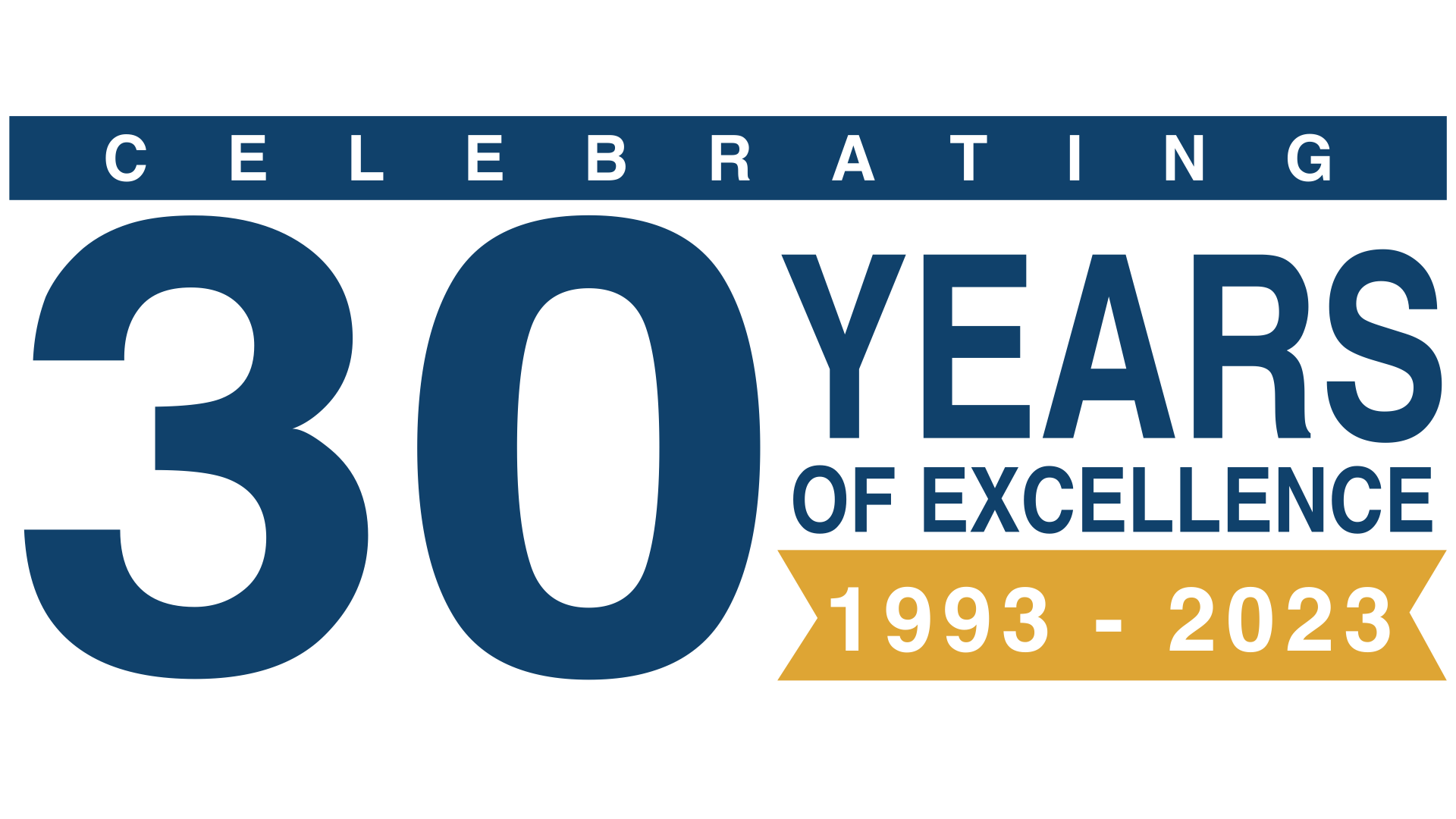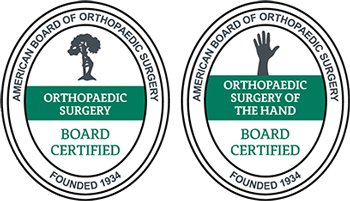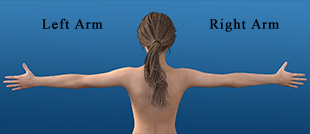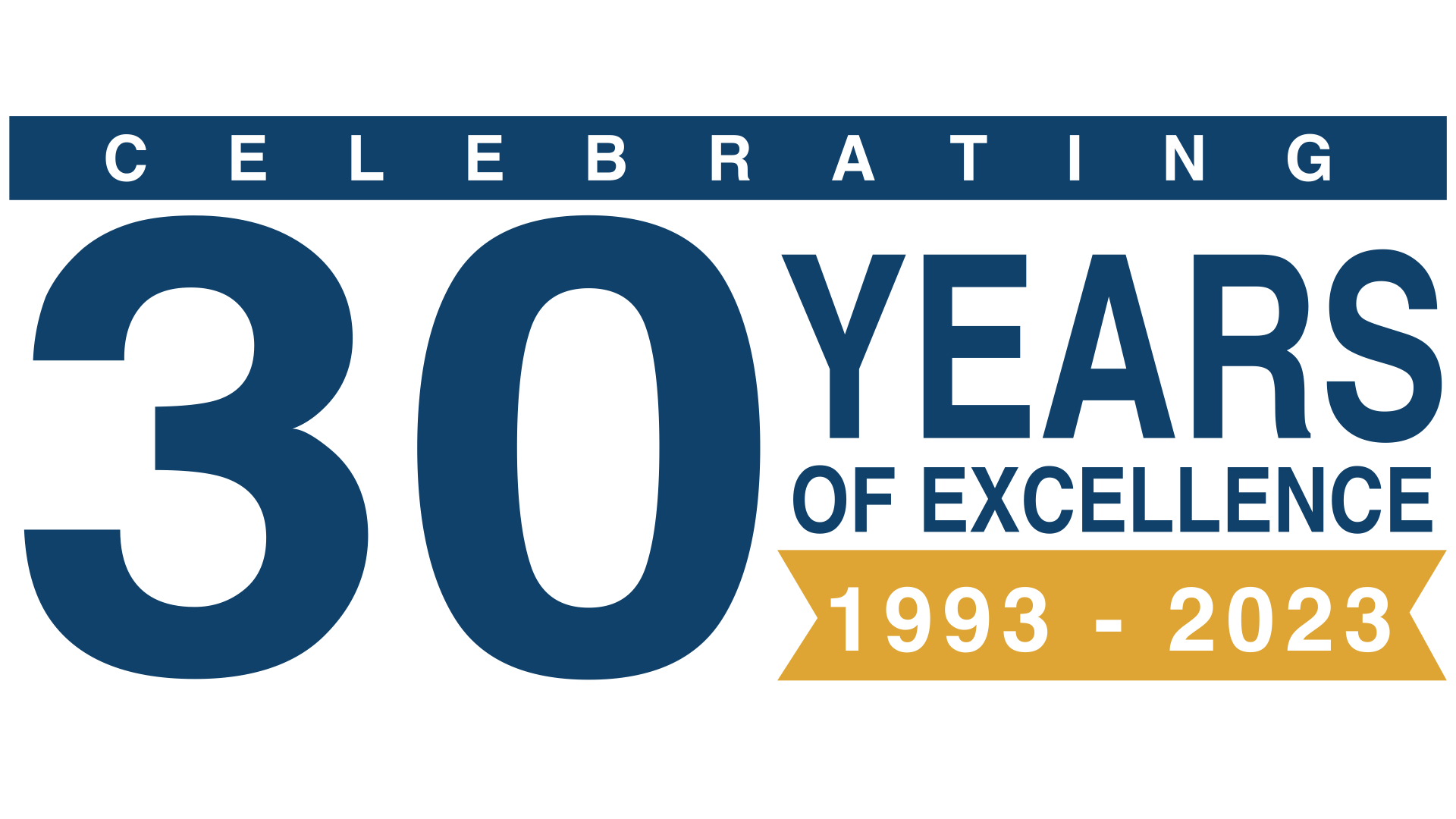Drew Brees Thumb Ligament Injury: Will He Come Back in 2019-20 Season?

During week 2 of the National Football League (NFL) regular season, New Orleans Saints starting quarterback, Drew Brees, received a blow to his throwing hand. The quarterback suffered a thumb ligament injury and subsequent surgery – which will likely sideline him for another 6-12 weeks. That would put him at a return of Week 11-18. Depending on where the Saints are in the standings, we may not see Brees in the 2019-20 season.
Thumb ligament injury also called thumb sprains occurs when the ligaments of the thumb are stretched beyond their elastic limit. In more severe cases, the stretched ligament can become torn. A ligament is a fibrous connective tissue that joins bones together. In the thumb, the ligament supports the bones and also keeps them in their proper position.
The most common thumb ligament injury is the ulnar collateral ligament (UCL) sprain or the skier’s thumb – common among skiers. The UCL is located on the inside part of the thumb that is close to the other fingers. The UCL secures the thumb to the hand and makes the thumb act like a post.
Contents
What are the causes of a thumb ligament injury?
Injury to the thumb ligaments is often caused by falling on an outstretched hand. In many other cases, the ligaments can be damaged from direct trauma such as a hard hit. When this occurs, the thumb is usually pulled away from the hand (or the rest of the fingers). This causes uneven force distribution that leads to the shearing of the ligament.
The Saint’s quarterback, Drew Brees received a massive hit from Aaron Donald, a Los Angeles Rams defensive tackle. In this case, Drew Bree’s thumb was smashed into with Donald’s hand coming down on impact as the quarterback tried to throw the ball.
What are the symptoms of a thumb ligament injury?
The common symptoms of a thumb ligament injury are excruciating pain around the thumb or at the base of the wrist, swelling of the hand, redness, tenderness of the hand, difficulty with throwing a ball (for football players) or holding a racquet (for tennis players), loose and unstable thumb, and reduced hand functionality.
How to diagnose a thumb ligament injury
Whenever a patient suffers a major fall or a blow to the thumb, it is advisable that the patient goes to an emergency clinic for diagnosis. Thumb injury or sprain can be diagnosed through physical examination of the hand. The physician will obtain detailed physical and medical history – particularly those leading to the injury.
When a thumb injury is suspected, the physician will perform a quick maneuver of the thumb. If the thumb is pulled and metacarpophalangeal (MCP) joint at the base of the hand opens up beyond its normal range, it can signify damage to the ligament. Other biomechanical tests such as grip tests can also enhance diagnosis.
Imaging tests such as X-rays, MRI, and ultrasound images are often used to improve diagnosis and also eliminate other types of hand injuries. X-ray images are great for visualizing the bones of the hands. For thumb injuries, X-rays can be used to determine if there is any damage to the carpal and phalangeal bones near the thumb.
MRI and ultrasound imaging are used to assess any damage to the soft tissues of the hand. These tests can aid the physician to make the right diagnosis and treatment options.
How to treat a thumb ligament injury?
Treatment options for a thumb ligament injury depend on the severity of the injury. For milder injuries, non-surgical home treatment is often recommended. However, for more serious injuries, surgery is advised.
Non-surgical treatment
Mild ligament injury can be treated using home remedies. RICE (rest, ice, compression, and elevation) methods can minimize pain, swelling and tenderness. The thumb can be splinted to prevent unnecessary movement that causes pain. Most mild thumb injuries heal after two weeks of resting and minimal hand use. Over the counter (OTC) pain medication, particularly NSAIDs, can be taken to reduce pain symptoms.
Surgical treatment
Surgery is often recommended for severe damage to the thumb ligament. In this case, the ligament could be partially or completely torn. Surgery is performed by a hand surgeon. During surgery, the surgeon will reconnect the ligaments using bone anchors, screws or pins. In some cases, tendons can be substituted for the ligaments.
Post-operative treatment
Following surgery, the thumb is immobilized using a cast for up to 6 to 12 weeks. During this recovery period, the patient will perform minimal activities on the hand operated on. The patient will consult a hand specialist to determine when to begin physical therapy and rehabilitation. The physical therapist will guide the patient on proper hand exercises that will improve muscle strength and increase hand functionality.
Citations
- Geier, D. (2019, September 16). Drew Brees Injury: What A Thumb Ligament Injury Could Mean For The Saints Quarterback. Retrieved from https://www.forbes.com/sites/davidgeier/2019/09/16/drew-brees-injury-what-a-thumb-ligament-injury-could-mean-for-the-saints-quarterback/#42f2259a475a
- Sprained ThumbOrthoInfoAAOS. (n.d.). Retrieved from https://orthoinfo.aaos.org/en/diseases–conditions/sprained-thumb
- Thumb Sprains. (n.d.). Retrieved from https://www.assh.org/handcare/hand-arm-injuries/thumb-sprains#

























